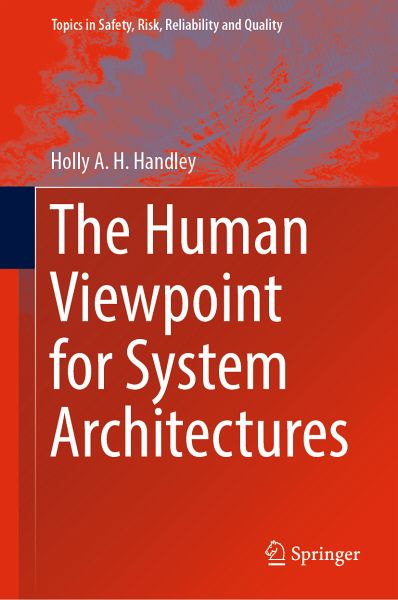
The Human Viewpoint for System Architectures (eBook, PDF)
Versandkostenfrei!
Sofort per Download lieferbar
72,95 €
inkl. MwSt.
Weitere Ausgaben:

PAYBACK Punkte
36 °P sammeln!
This book describes a methodology to represent socio-technical system concerns in the system architecting process. The resulting set of Human Views augments traditional system viewpoints with human-focused data. The Human Viewpoint methodology classifies the socio-technical system context, identifies and collects pertinent data, renders models that can be used for discussion and analysis, and presents the results in Fit for Purpose views that are useful for decision making. The inclusion of the Human Viewpoint during the system architecting stage allows the evaluation of human-system design tr...
This book describes a methodology to represent socio-technical system concerns in the system architecting process. The resulting set of Human Views augments traditional system viewpoints with human-focused data. The Human Viewpoint methodology classifies the socio-technical system context, identifies and collects pertinent data, renders models that can be used for discussion and analysis, and presents the results in Fit for Purpose views that are useful for decision making. The inclusion of the Human Viewpoint during the system architecting stage allows the evaluation of human-system design trade-offs, recognises the impact of the human operator on system performance, and provides the foundation for Human System Integration evaluations during the ensuing system development.
Dieser Download kann aus rechtlichen Gründen nur mit Rechnungsadresse in A, B, BG, CY, CZ, D, DK, EW, E, FIN, F, GR, HR, H, IRL, I, LT, L, LR, M, NL, PL, P, R, S, SLO, SK ausgeliefert werden.












